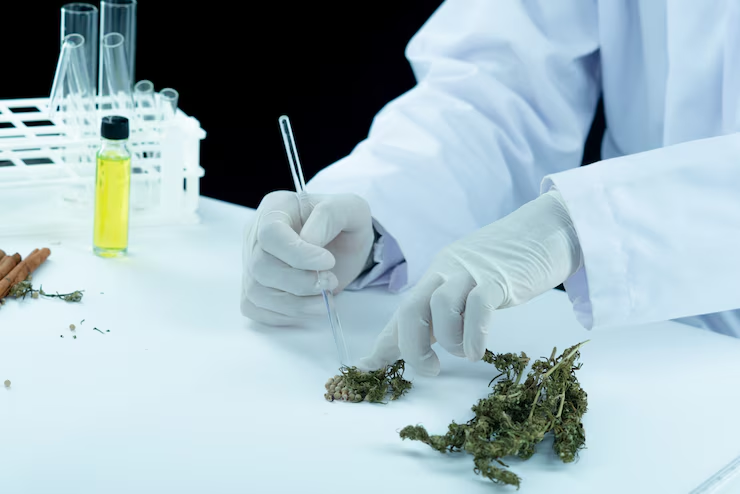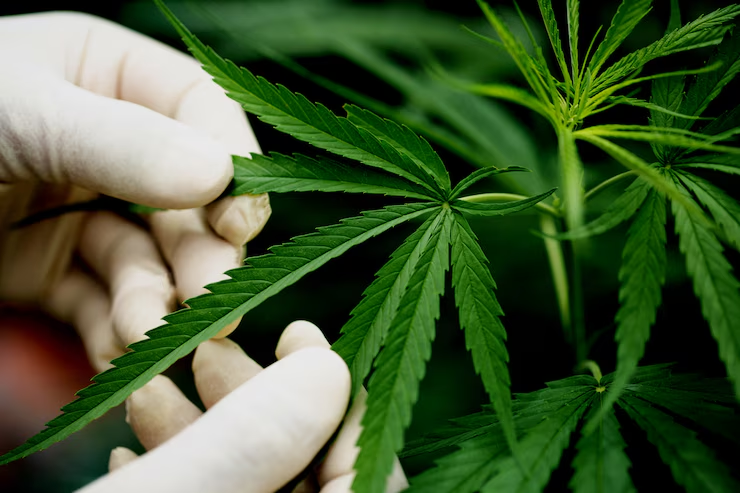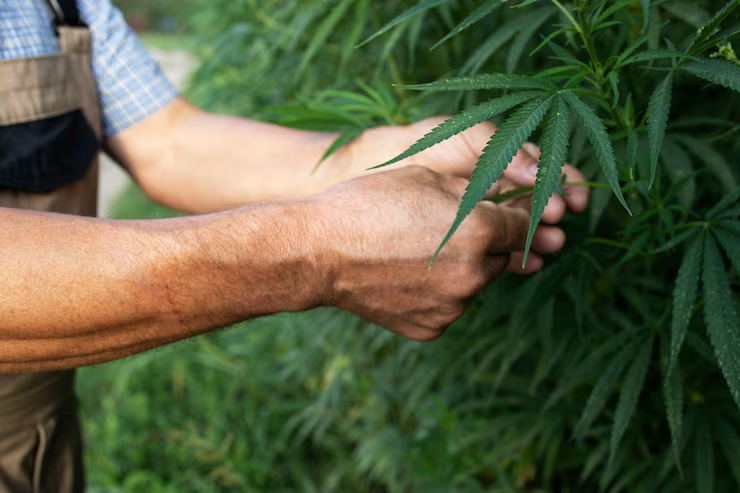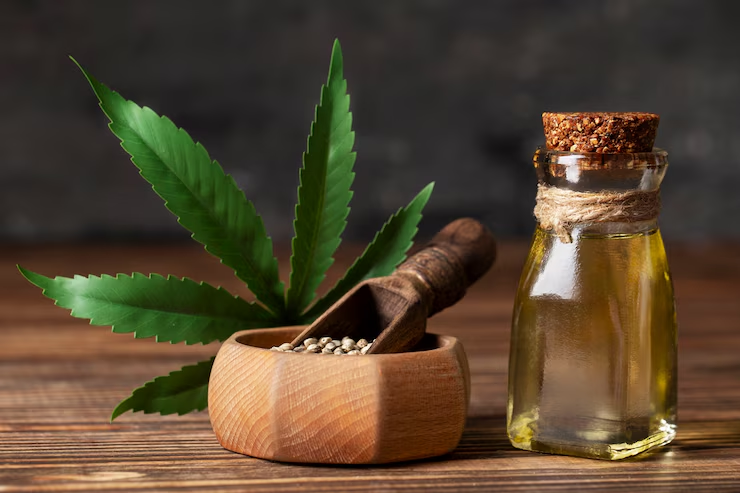The Legal History of CBD in the United States
Table of Contents
Over the past few decades, public interest in cannabidiol (cbd roll on for pain) has exploded, but the history of CBD legality in the United States is far from straightforward. Understanding how CBD emerged from a strictly controlled substance to a widely available supplement reveals the complex interplay between science, law, politics, and public perception.
In this blog post, we’ll explore the history of CBD, tracing its legal evolution in the U.S.—from early restrictions to federal legalization under the 2018 Farm Bill—and what it means for consumers today.
What is CBD?

CBD, short for cannabidiol, is a naturally occurring compound found in cannabis plants, including both marijuana and hemp. Unlike THC (tetrahydrocannabinol), CBD does not produce a psychoactive high. It has become widely popular for its potential benefits, including pain relief, anxiety reduction, anti-inflammatory effects, and seizure management.
Early Legal Restrictions: The Beginning of Prohibition

The history of CBD in the United States is tied closely to the broader legal treatment of cannabis. In the early 20th century, cannabis was not regulated heavily. However, attitudes began to shift, leading to increased restrictions:
- 1937 – Marihuana Tax Act: Effectively banned cannabis and its derivatives, including CBD, by imposing strict regulations and taxes.
- 1970 – Controlled Substances Act: Classified marijuana as a Schedule I drug, meaning it was considered to have no accepted medical use and a high potential for abuse. CBD, being a component of cannabis, was also restricted.
For decades, this legislation severely limited research into CBD and prohibited its legal sale or use in most forms.
The Turning Point: Medical Research and Public Awareness

In the 1990s and 2000s, researchers and advocates began to push for a re-evaluation of cannabis laws. Notable events include:
- 1996 – California’s Proposition 215: Legalized medical marijuana, setting a precedent for other states.
- Early 2000s: Increased scientific studies on CBD’s medical potential, especially for epilepsy and chronic pain.
- 2013 – Charlotte Figi’s Story: A young girl with Dravet syndrome gained national attention for using CBD oil to reduce seizures. Her story significantly shifted public perception of CBD and sparked interest in state-level legislative reform.
The 2014 & 2018 Farm Bills: A New Era for CBD
The modern legal framework for CBD was shaped largely by the Farm Bills:
- 2014 Farm Bill: Allowed pilot hemp research programs and gave states the ability to regulate hemp cultivation under strict conditions.
- 2018 Farm Bill: A historic moment in the history of CBD, this legislation fully legalized industrial hemp and hemp-derived CBD at the federal level, provided it contains no more than 0.3% THC. It also removed hemp from the Controlled Substances Act.
This led to a booming CBD industry and allowed for widespread distribution in wellness stores, pharmacies, and online platforms.
Post-2018: Regulation, Confusion, and the FDA
Even though hemp-derived CBD became legal under federal law, regulation has remained murky. The FDA (Food and Drug Administration) still prohibits adding CBD to food, beverages, and dietary supplements unless approved. Enforcement, however, has been inconsistent.
To date:
- Only Epidiolex, a prescription CBD-based medication for epilepsy, is FDA-approved.
- Many CBD products are unregulated, raising concerns about quality, purity, and labeling accuracy.
States also maintain their own CBD laws, creating a patchwork of regulations that can be confusing for consumers and retailers alike.
The Future of CBD Legislation
Looking forward, the history of CBD continues to evolve. Federal agencies are exploring broader regulations, and public demand is pushing for clear guidelines, better labeling, and more consistent oversight.
As more clinical research becomes available and the stigma surrounding cannabis fades, we may see a more unified legal approach to CBD—particularly in wellness, cosmetics, and health care.
5 FAQs About the History of CBD
1. When did CBD become legal in the U.S.?
CBD derived from hemp became federally legal in December 2018 with the passing of the Farm Bill. However, individual state laws may vary.
2. Is all CBD legal in every state?
Not necessarily. While the 2018 Farm Bill legalized hemp-derived CBD federally, some states still have restrictions on its sale or use.
3. Why was CBD illegal before 2018?
CBD was classified as part of cannabis, which was listed as a Schedule I drug under the 1970 Controlled Substances Act, making it illegal for most uses.
4. Is CBD approved by the FDA?
Only Epidiolex, a prescription CBD medication for epilepsy, is FDA-approved. Most over-the-counter CBD products are not regulated by the FDA.
5. What’s next for CBD laws in the U.S.?
Federal agencies are reviewing CBD regulation. Future laws may address its use in food, supplements, and cosmetics, and introduce quality control standards.
Final Thoughts
The history of CBD in the United States reflects a broader cultural and political transformation. From strict prohibition to cautious legalization, CBD has emerged as a powerful player in the wellness and medical markets. However, legal and regulatory questions remain. As public interest grows, it’s vital to stay informed about the evolving legal landscape to make safe and educated decisions about CBD use.







